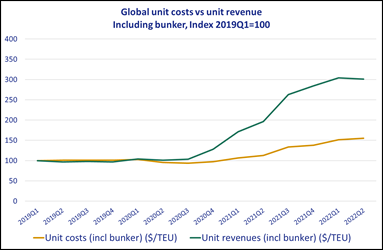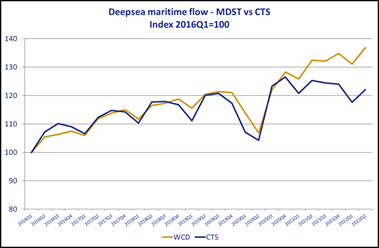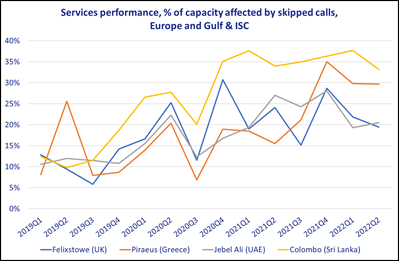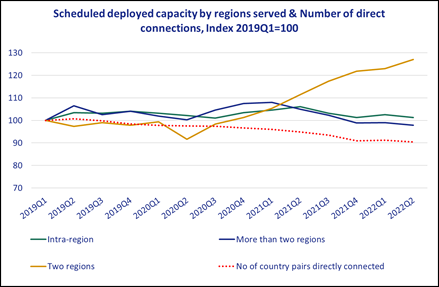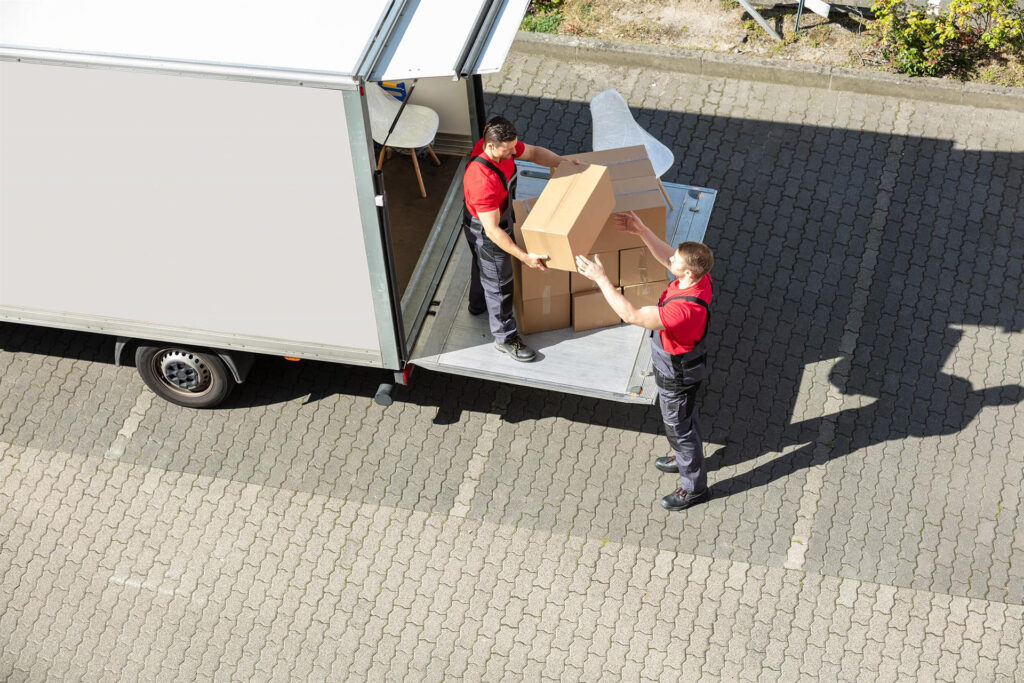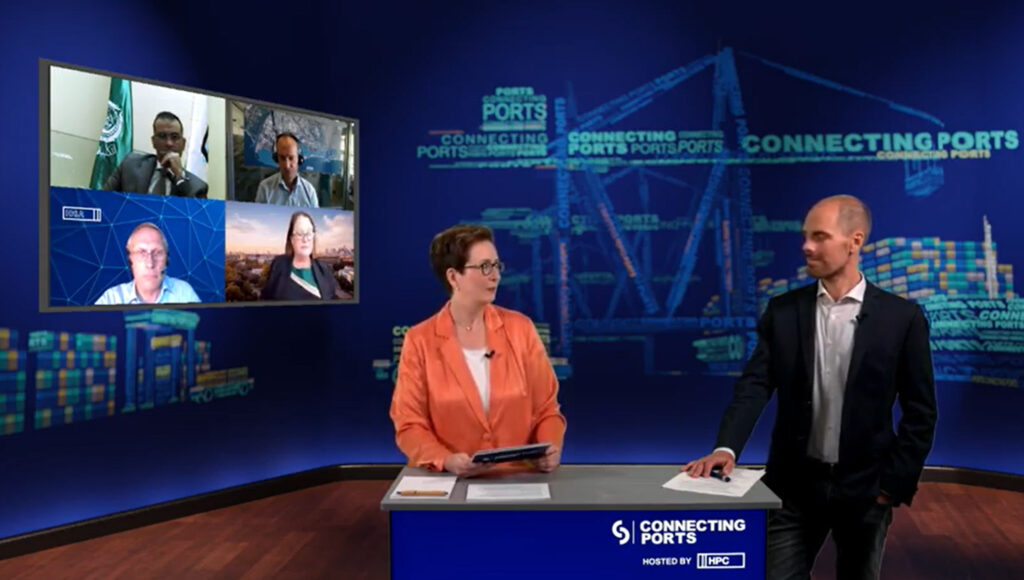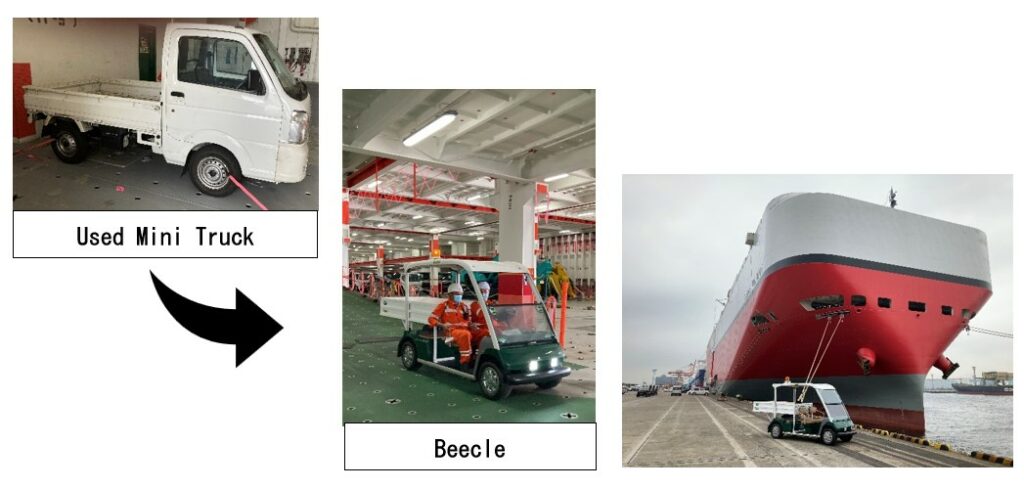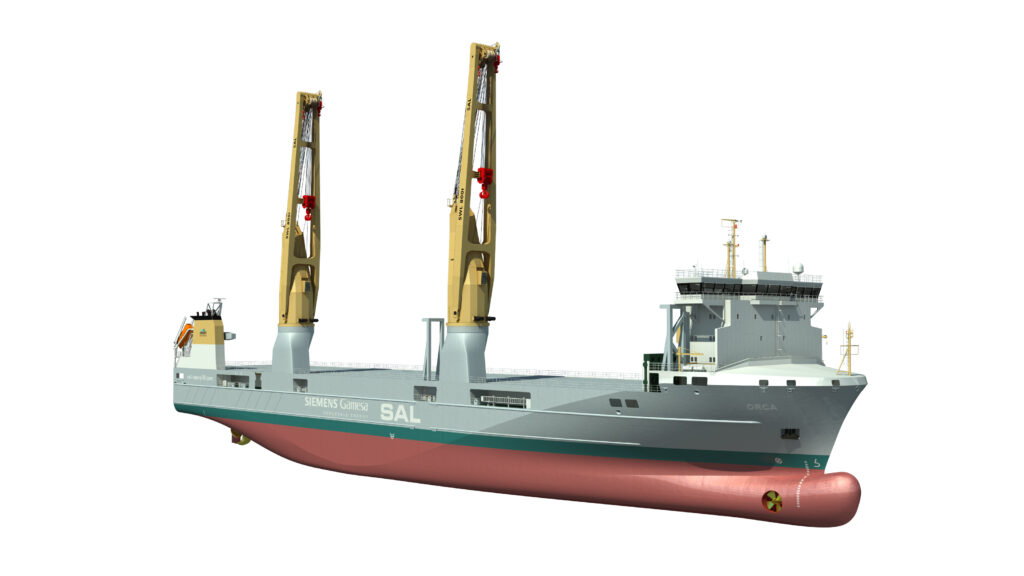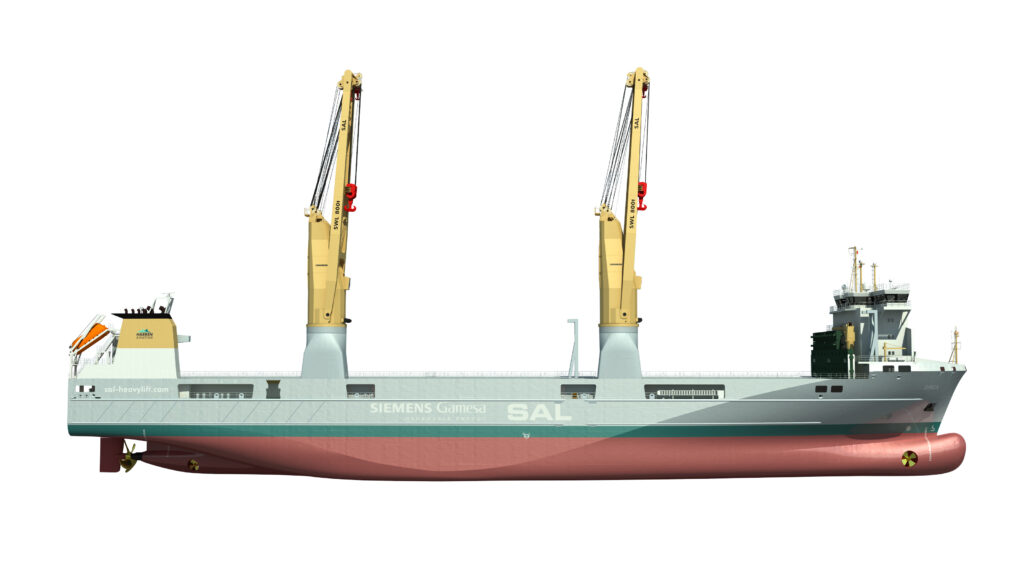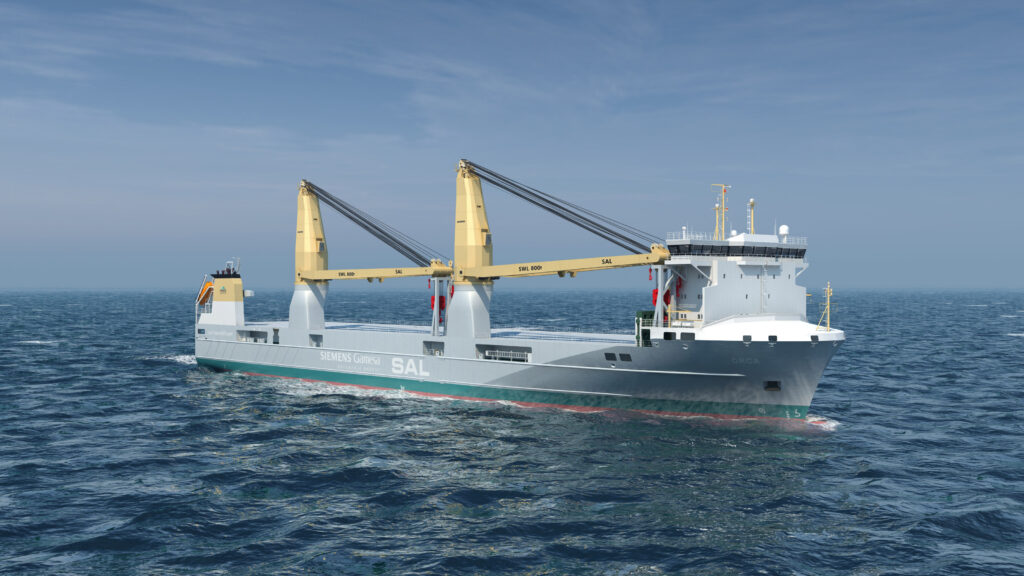Virginie Delcroix has joined GEODIS as Executive Vice President, Sustainable Development, reporting to Marie-Christine Lombard, Chief Executive Officer. This appointment confirms Madame Lombard’s determination to place CSR performance at the heart of the Group’s strategy.
Since 2017, Virginie Delcroix had been Vice President Sustainable Development, with responsibility for CSR and product safety & regulatory affairs at the Arkema group, where she was a member of the management committee.
Having graduated from the Ecole des Mines de Nancy, Virginie’s career has been spent in industry. In particular, she was technical director and innovation director at Novacel (1999-2011), before taking charge of R&D in South Europe for Bostik, a company in the Arkema group (2011-2017).
At GEODIS, she will be responsible for carrying on the dynamic social commitment of the Group, which, along with its partners and employees, is committed to providing its customers with ever more sustainable solutions. Her priority issues will be decarbonization, the preservation of resources and the protection of the environment, as well as the safety and well-being of the Group’s employees.
Virginie Delcroix’s arrival raises to five the number of female members of the GEODIS Executive Committee.
GEODIS – www.geodis.com
GEODIS is a leading global logistics provider acknowledged for its expertise across all aspects of the supply chain. As a growth partner to its clients, GEODIS specializes in five lines of business: Supply Chain Optimization, Freight Forwarding, Contract Logistics, Distribution & Express, and Road Transport. With a global network spanning nearly 170 countries and more than 44,000 employees, GEODIS is ranked no. 7 in its sector across the world. In 2021, GEODIS generated €10.9 billion in revenue.







